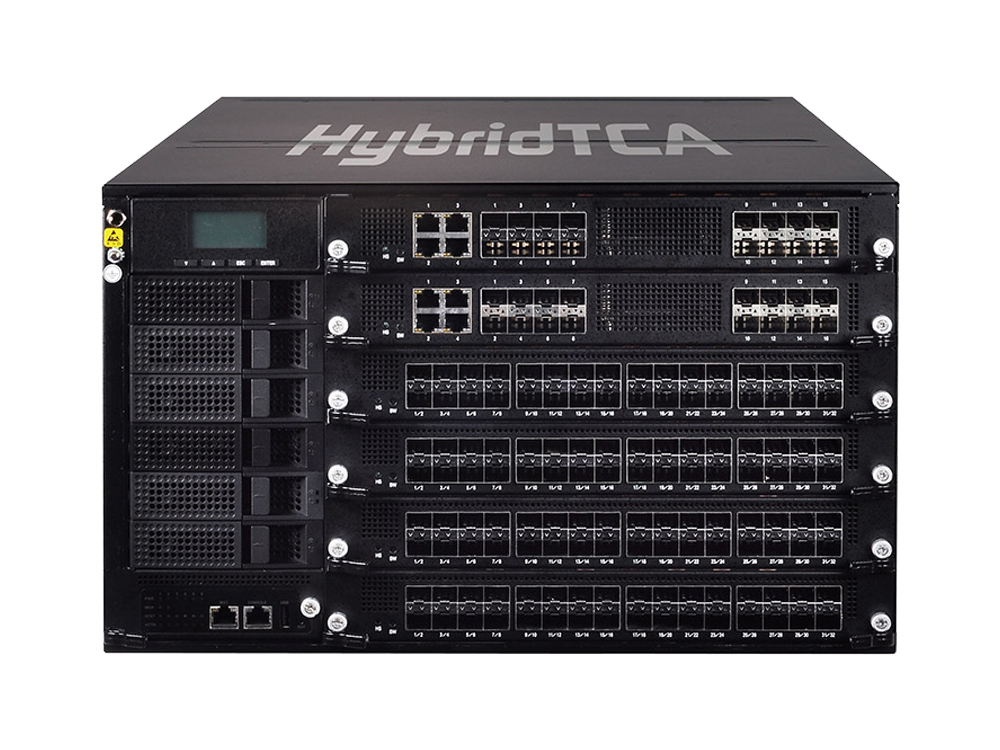Wherever you go these days, people are talking up the amazing new opportunities 5G will afford us. With lower latency, higher capacities, and increased bandwidth, the impact of 5G networks are far and wide, and truly revolutionary. For system integrators and solution providers alike, the 5G revolution poses an opportunity of a different kind, something that was unthinkable just a few years ago during the 4G era. That is the emergence of a new paradigm, the Open Ran (Open Radio Access Network).
During the 3G and 4G eras, system integrators and solution providers only had the option of procuring RAN equipment and related software from single operators due to incompatibility and inoperability across vendors. While there are some advantages to this, such as relying on a single company for end-to-end responsibility and services, it has many downsides.
Foremost of these disadvantages is the limitations on achieving cost-effectiveness. Being limited to procuring hardware and software from a single vendor limits your options and, therefore, can carry out comprehensive cost analyses. What is more, the absence of competition restraints product innovation. This inevitably adds up to reduced versatile for system integrators and solutions providers in developing innovative, competitively priced products and solutions. Luckily, with the onset of 5G and Open RANs, these limitations are now a thing of the past.
A multivendor environment now empowers system integrators and solutions providers to build disaggregated product offerings and solutions based on off-the-shelf hardware and cloud-based software with open interfaces between network elements. Furthermore, the disaggregation of hardware and software results in RAN solutions that no longer need to follow a unified node concept, rather consisting of software functions, NFVI, and hardware versions, all with their own product cycles and release schedules.
This new virtualized model presents exponentially more flexibility in realizing offerings that are more cost-effective, innovative, secure, and accessible. In this new multivendor environment, hardware manufacturers and software developers will now have greater incentive to innovate, allowing integrators and providers to offer products and solutions of even greater value to its customer. A few examples of applications that will be positively impacted include network automation, mobile edge computing (MEC), application programming interfaces (APIs), cybersecurity systems, and transport networks.
Beyond innovations in functionality and features, this new multivendor environment will also usher in a new era of enhanced security and accessibility. With more versatility to pick and choose elements individually and doing away with reliance on a single vendor, integrators and providers can look forward to new product offers with optimal security characteristics. What’s more, the freedom to develop Open RANs will make previously inaccessible products and solutions available to customers operating in rural areas with smaller populations, remote locations, or densely populates cities, where a sharing model is more cost-effective and large numbers of small cells are required.
Lanner is ready to help you take advantage of this new trend. Its HybridTCA platforms are created to meet the challenging requirements for carrier-grade network control, and Open RAN and MEC. These appliances integrate control, management, and data processing in one system and have advantages over the prevalent AdvancedTCA infrastructure in terms of hardware design, customizability, and cost/energy efficiency. Learn more about the Lanner HTCA-6200 and HTCA-6600 and get started on creating even more value for your customer and clients










